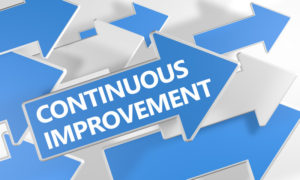Health systems are learning many lessons during this pandemic that they will need to carry forward into the recovery and “new normal” phases. One of them may be the need for an integrated digital health strategy, and more specifically a patient focused “digital front door”. The almost overnight shift from in-person ambulatory visits to virtual visits during this pandemic highlighted the need for a more integrated approach for many health systems.
strategy, and more specifically a patient focused “digital front door”. The almost overnight shift from in-person ambulatory visits to virtual visits during this pandemic highlighted the need for a more integrated approach for many health systems.
An integrated strategy for a patient centered digital front door has many components including the core website, the patient portal linked to the electronic health record, improved access and scheduling capabilities, call centers, and care delivery through virtual visits. The goal is to meet patients where they are and guide them along the right care pathway with efficient, consistent, and easy processes in the background.
However, these multiple components and functions are often led and directed in an uncoordinated manner by different senior leaders within the organization. The core website is typically owned and directed by Marketing and Communications with technical support from IT. The patient portal is often managed by the ambulatory team in IT partnering with the Chief Medical Information Officer, Ambulatory Services, and Marketing. Improved patient access and scheduling initiatives are often directed by Ambulatory Services or in an academic medical center by the Physician Practice Group leadership. The call center may be managed by Marketing or Ambulatory Services leadership. And telehealth may be provided by a specialized team either connected to or part of IT but be directed by physician leadership.
A successful patient centered digital health strategy needs to involve all these components in a coordinated, comprehensive manner. In some respects, who leads this strategic initiative does not matter. What does matter is that there is buy-in and collaboration from all leaders involved with a common overarching goal to meet patients where they are at and provide an easy, consistent experience to access services. Continue reading








